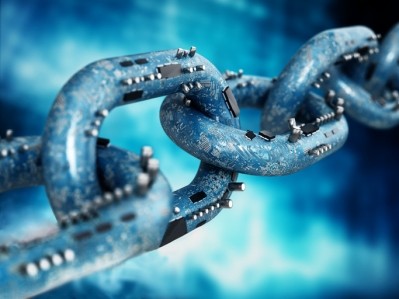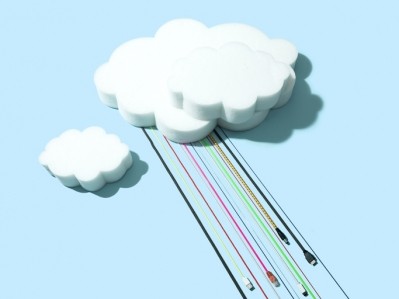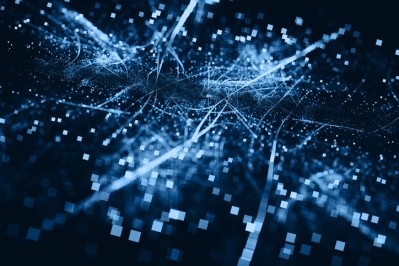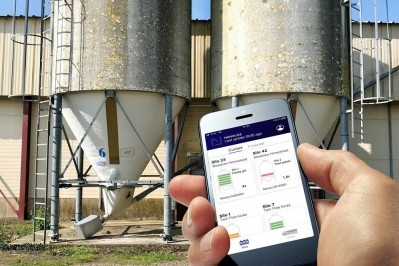Blockchain brings traceability to animal feed, safety and production
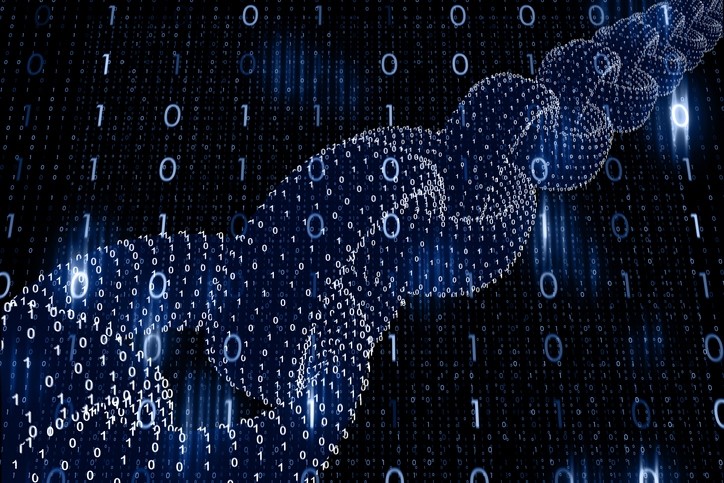
Michigan-based, Neogen, creates and markets products focused on animal safety and production including antibiotics, pharmaceuticals, vaccines, food safety, genomics and toxicology.
The partnership between Neogen and Ripe Technology was intended to connect links within the production system, said Joe Heinzelmann, director of business development at Neogen.
The company works with testing and safety diagnostics along with providing genomics services and producing animal husbandry and insecticide products.
“When you think of feeding 9bn people by 2030 not only do you have to safe food, you have to produce it in ways that are sustainable and helps them produce safe food and then you’ve got to have the efficiency,” he said. “This trifecta of the diagnostics, ways to help clean things and keep rodents and pest out of the area, and the genomics to help with efficiency is one way to do that – and one way to bring these worlds together in a more meaningful capacity is something like a blockchain.”
Blockchain
"Blockchain is a form of digital technology that ‘chains’ together ‘blocks’ of information in such a way that it creates a permanent, unalterable record. In the food and livestock industries, blockchain could be used to create the history of products and animals as they go through their entire production cycles," says Neogen.
The system could also be used to track the genomic profile of a dairy cow, along with the feed used, the animal’s medical history and how much milk it produced, the company said. The technology is set to be developed separately from Neogen’s analytics platform, but the two technologies will be used to provide data-driven insights to customers.
Agriculture provides a perfect environment for the use of digital technology like blockchain because the current system is fragmented, complex and involves numerous people working in analog environments, said Phil Harris, president and co-founder, Ripe.
There is both a regulatory push and consumer interest in knowing more about how food is produced, including the feed used and how the animal product was farmed, he said.
“When you put all that together, that is the perfect environment and playground to bring in new software, new technology and new knowhow to help the industry tackle issues around limited traceability, issues with food safety. Those actors that are exhibiting best practices, around sustainability [including] less water usage, animal welfare, animal health and regenerative practices, are given a channel, a means to show and expose those best practices to people outside of the supply chain,” he told us.
Blockchain and feed and food safety
The use of systems like blockchain could provide support and evidence to value-added claims and production labels, said Harris. Additional digital tools like the use of sensors, the Internet of Things (IoT), machine learning, and AI could be used to streamline production.
“These four components can create significant efficiencies and optimization inside of the supply chain, so you can tackle those problems around lack of traceability, waste, fraud, spoilage and authenticity issues – all of these friction points,” he added.
One way that blockchain could be used within the animal production system would be to improve the traceability and safety of feed, said Harris. Before it reaches the producer, feed or feed ingredients move through several steps including going from farm to processing and through a distribution process and testing.
“All of these actors are sequentially involved from point A, which is when the animal is born and when it starts to be fed, all the way through to slaughter,” he said. “When you link together all the actors and all the siloed activities … if [the data] was shared more broadly within an application that had the ability to aggregate and provide intelligence, they would be able to be better actors and do a better job.”
Taking what had been individual data sets and providing a shared copy could remove friction points, he said. The system also could play a role in tracking livestock development or animals raised in specific ways – like without the use of antibiotics.
